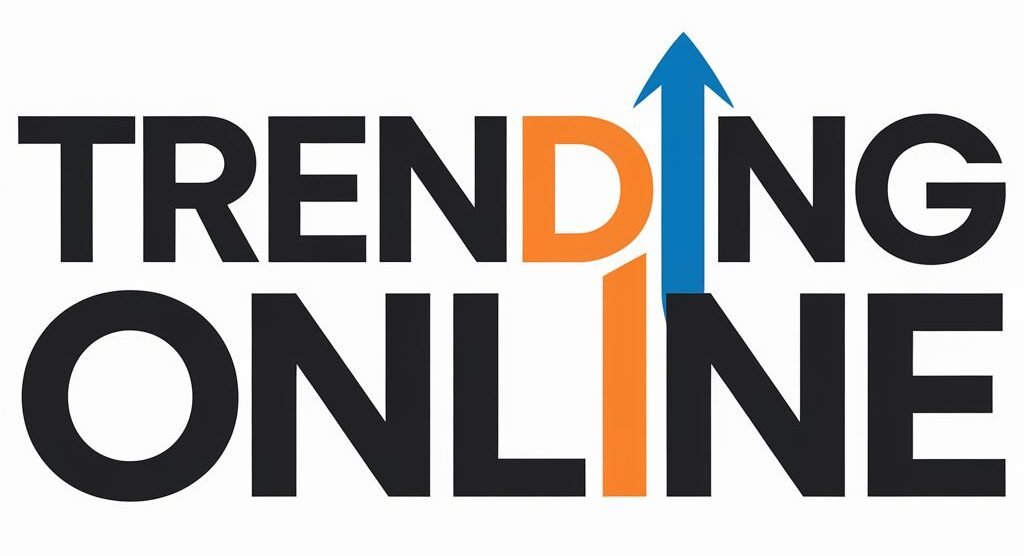From peril to hope: The rescue of a rhino calf by veterinarians
A rescued rhino calf has undergone two veterinary procedures to treat its tail after hyenas bit close to the base of the tail.
On Thursday afternoon, Care for Wild Rhino Sanctuary received an urgent call for an injured rhino calf that was en route and 20 minutes away by helicopter.
The calf, estimated to be around 18–20 months old by Kruger National Park veterinarian Dr Peter Buss, was too large to fit inside the aircraft. Moreover, a road recovery would have taken too long, due to the extent of his injuries.
“Tragically, with no mother to protect him, hyenas had attacked, their bites severing his tail close to the base,” Care for Wild said.
The sanctuary explained that to save his life, the veterinary team decided to sedate the calf and airlift him with suspension ropes. With an experienced pilot and highly trained air and ground crew, this method of wildlife translocation is both fast and safe.
“Maintaining constant ground-to-air communication, the calf was carefully lowered into the back of our emergency vehicle and taken to our juvenile high-care unit,” Care for Wild said.
The sanctuary said that on arrival, veterinarian Dr Chris Smith and the care team took over his care and began immediate treatment.
The calf has undergone two veterinary procedures to treat the injury to his tail since its arrival.
“Sadly, the hyenas bit close to the base of the tail, which can increase the risk of infection and complications,” Care for Wild said.
It said that over the years, they have seen many similar cases.
“Fortunately, we’ve developed excellent wound care and treatment protocols, but this young rhino calf is not out of the woods yet. He has a long road to recovery ahead,” Care for Wild said.
“He seems strong and is showing signs of being a little fighter, which we believe works in his favour.”
Care for Wild said Dr Smith is overseeing the calf’s careful pain management programme, and the care team is monitoring him around the clock to ensure he receives the care and support he needs.
Meanwhile, a few weeks ago, Victoria, a calf estimated to be about 12 months old, was rescued after she was found alone, frightened, and barely able to stand. She had multiple injuries, including wounds to her mouth and legs, and broken ribs.
“Understandably, she was terrified of people at first. But over time, with a great deal of patience, dedication, and compassion, her care team has worked tirelessly to gain her trust. And it seems we may have finally won her over,” Care for Wild said.
“This bond between Victoria and her caregivers is essential. Victoria requires daily wound care and ongoing medical treatment. Without trust, these procedures would be impossible to perform without repeatedly sedating her.”
Dr Smith returned last week to continue Victoria’s treatment, including taking X-rays of her jaw.
thobeka.ngema@inl.co.za

